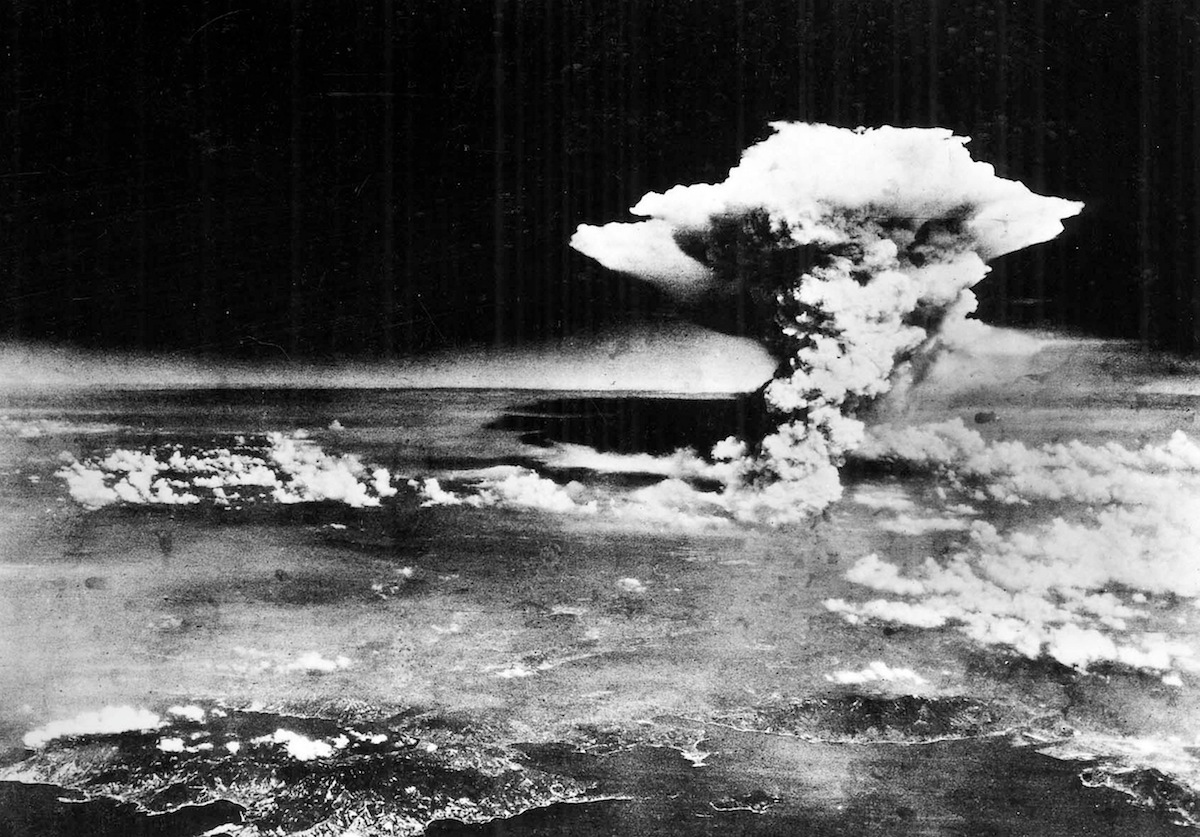
When the Japanese surrendered in World War II, the historic news was all but eclipsed by the world-altering event that led up to it: the dropping of the atomic bomb on Hiroshima, which happened 70 years ago Thursday.
“The greatest and most terrible of wars ended, this week, in the echoes of an enormous event—an event so much more enormous that, relative to it, the war itself shrank to minor significance,” read TIME’s first sentence of the first story that ran the first week after. “The knowledge of victory was as charged with sorrow and doubt as with joy and gratitude. More fearful responsibilities, more crucial liabilities rested on the victors even than on the vanquished.”
It was clear to all then that a great force had been unleashed, and those who had survived the awful war would be left to try to harness it. In 1985, on the 40th anniversary of the bombing of Hiroshima and Nagasaki, TIME looked back at the legacy of the Atomic Age. As part of that special issue, Yoshitaka Kawamoto, the director of the Hiroshima Peace Memorial Museum, shared his memories of that day in 1945.
Kawamoto was a 13-year-old student at a middle school only about a half-mile from the site of the explosion. In the moment of impact, most of his classmates were instantly killed. Those left alive cried out, or sang to try to attract the attention of anyone who might help. The horror, however, had only just begun:
But then the singing and the cries grew weaker. My classmates were dying one by one. That made me very frightened. I struggled to free myself from the broken fragments, and looked around. I thought that gas tanks had exploded. Through a hole in the roof I could see clouds swirling in a cone; some were black, some pink. There were fires in the middle of the clouds. I checked my body. Three upper teeth were chipped off; perhaps a roof tile had hit me. My left arm was pierced by a piece of wood that stuck in my flesh like an arrow. Unable to pull it out, I tied a tourniquet around my upper arm to stanch the flow of blood. I had no other injuries, but I did not run away. We were taught that it was cowardly to desert one’s classmates. So I crawled about the rubble, calling, ‘Is there anyone alive?’
Then I saw an arm shifting under planks of wood. Ota, my friend, was moving. But I could see that his back was broken, and I had to pull him up into the clear. Ota was looking at me with his left eye. His right eyeball was hanging from his face. I think he said something, but I could not make it out. Pieces of nails were stuck on his lips. He took a student handbook from his pocket. I asked, ‘Do you want me to give this to your mother?’ Ota nodded. A moment later he died. By now the school was engulfed in flames. I started to walk away, and then looked back. Ota was staring at me with his one good eye. I can still see that eye in the dark.
Read the rest of Kawamoto’s story, here in the TIME Vault: A Fire in the Sky
Hiroshima and Nagasaki: Photos From the Ruins
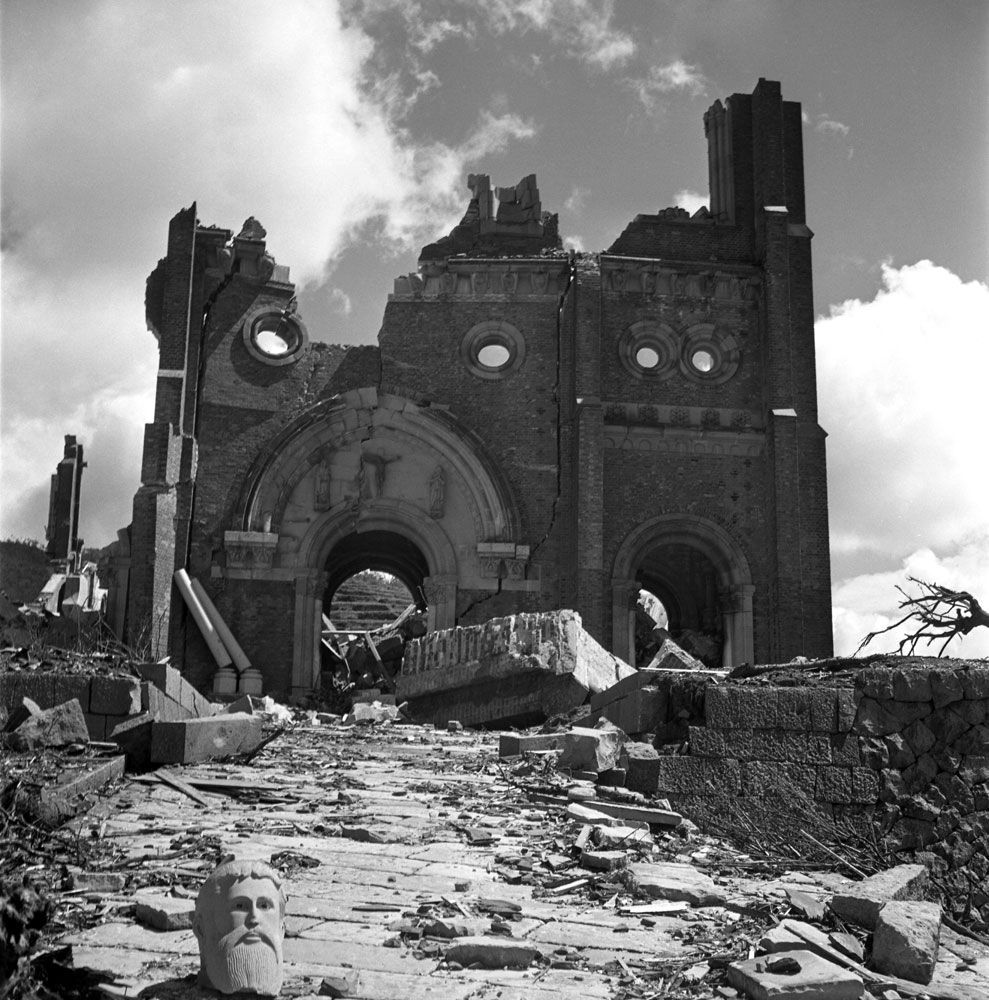
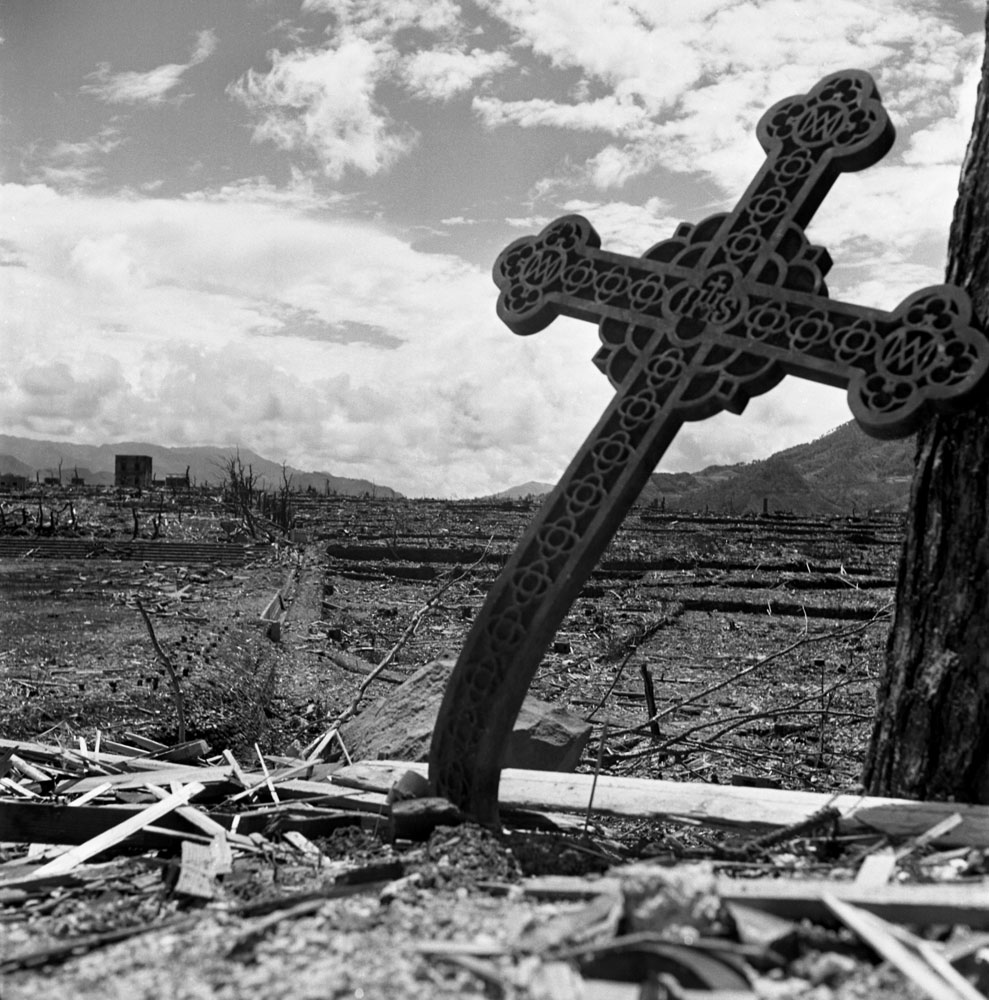
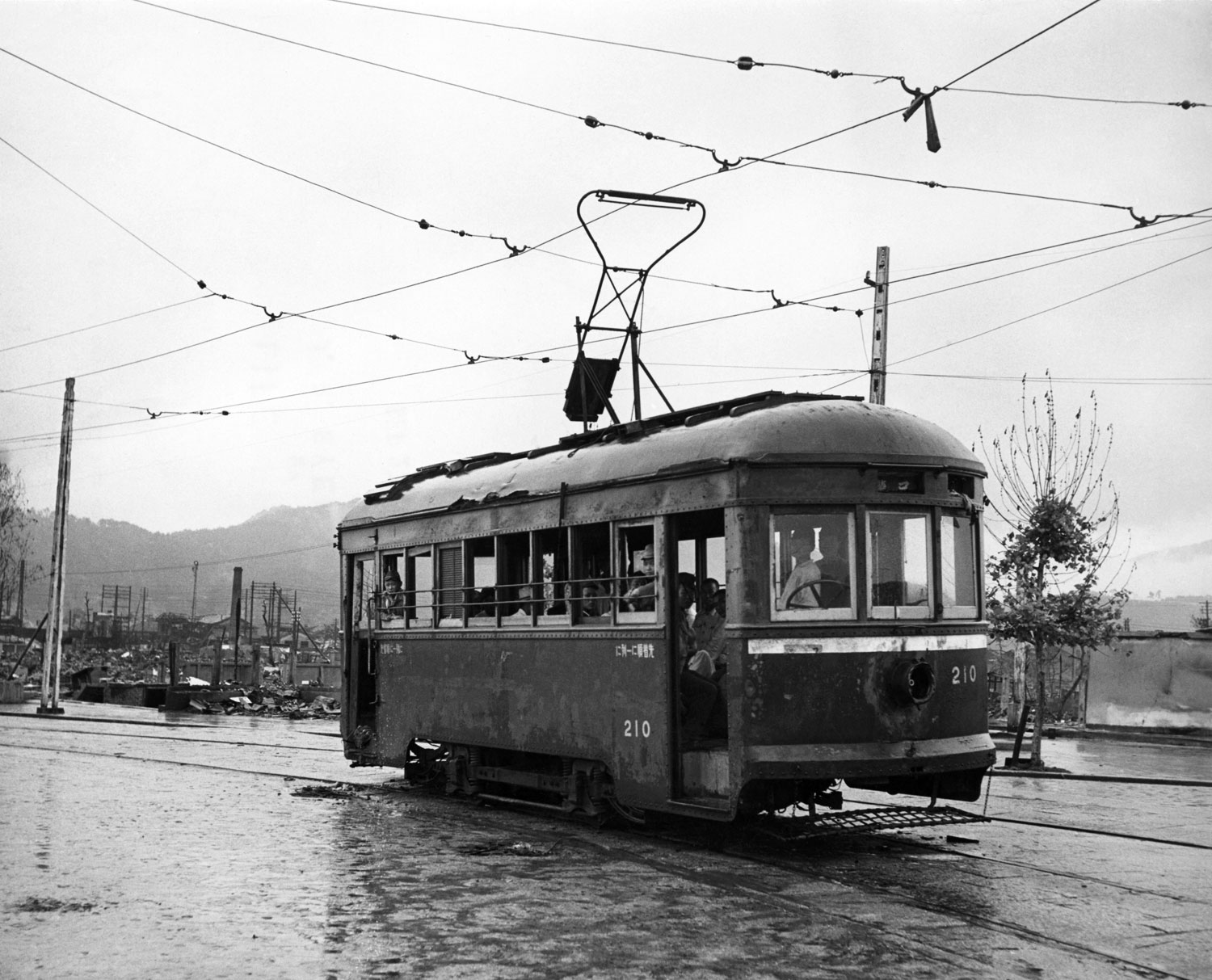
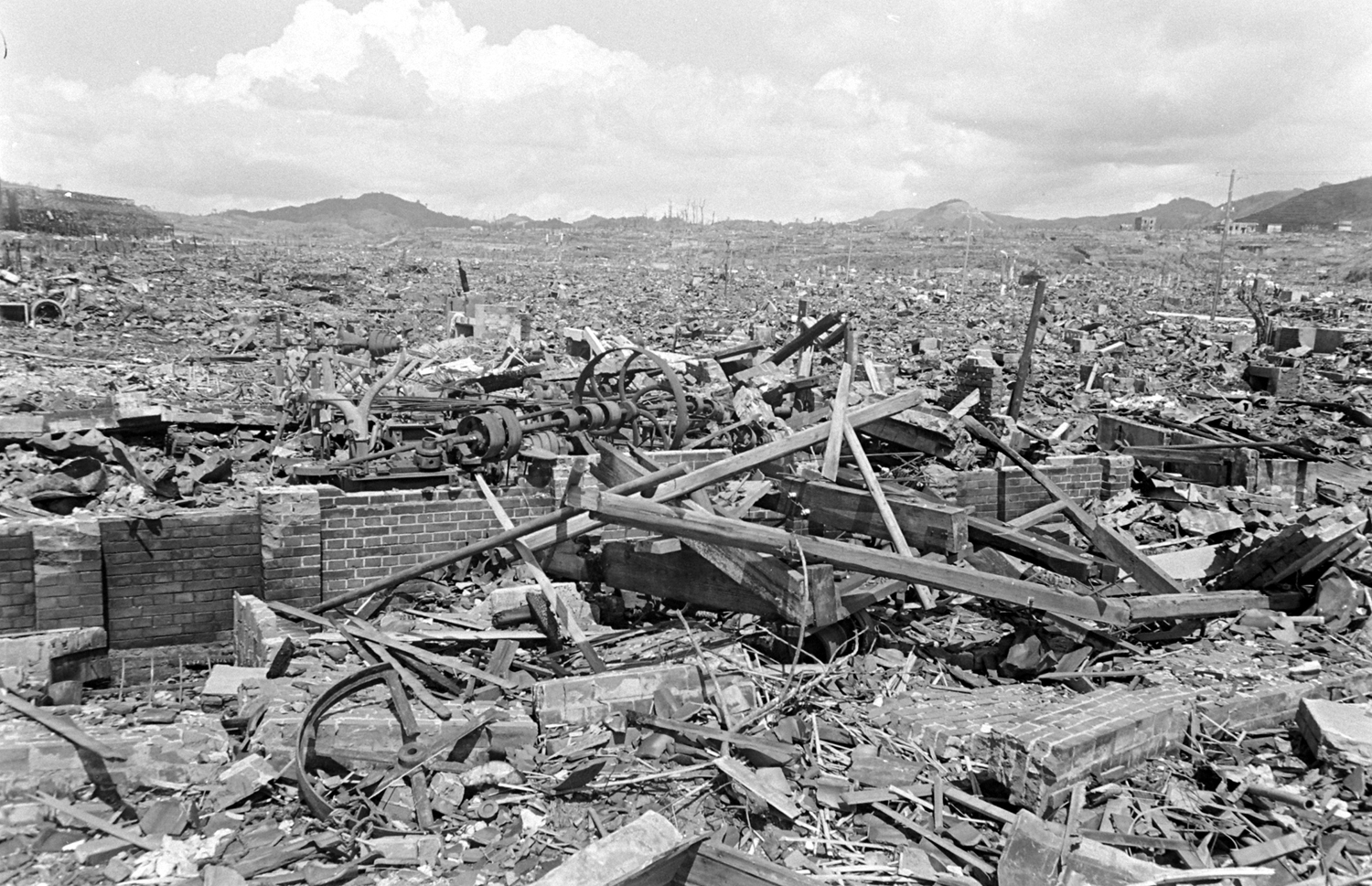
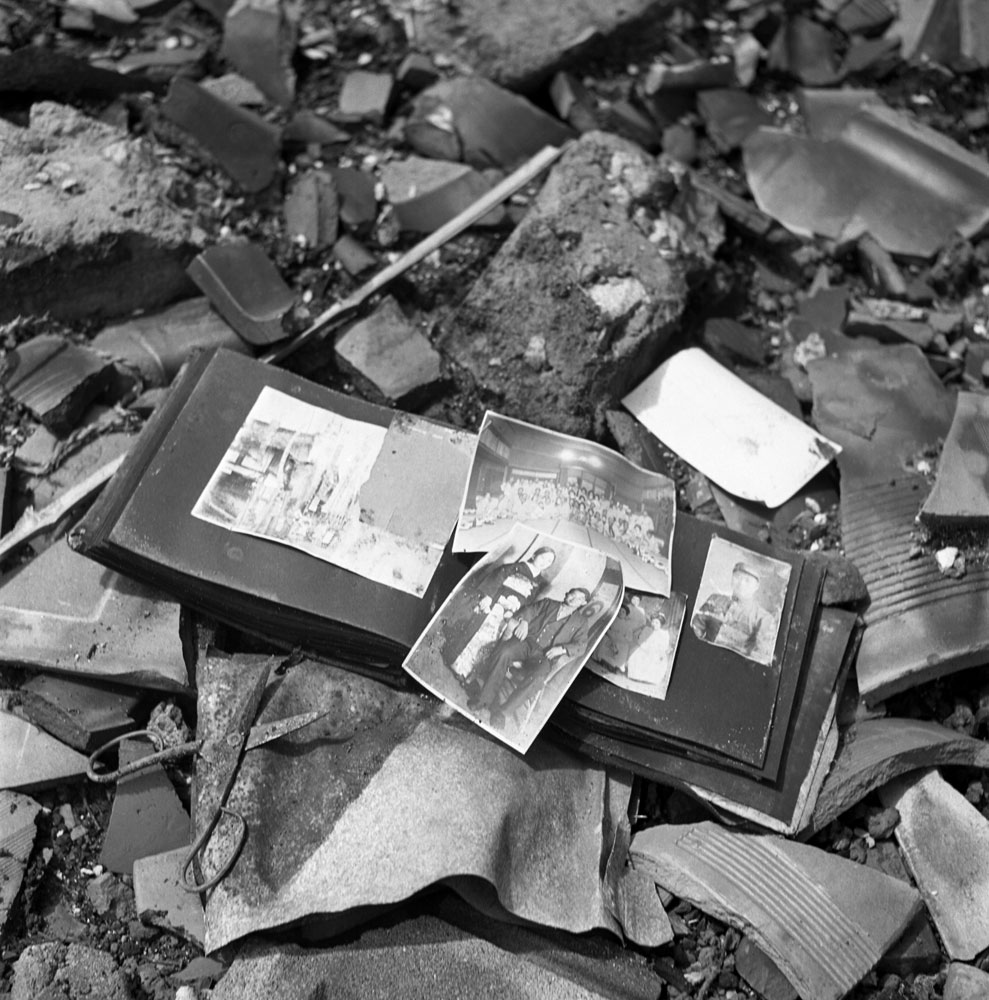

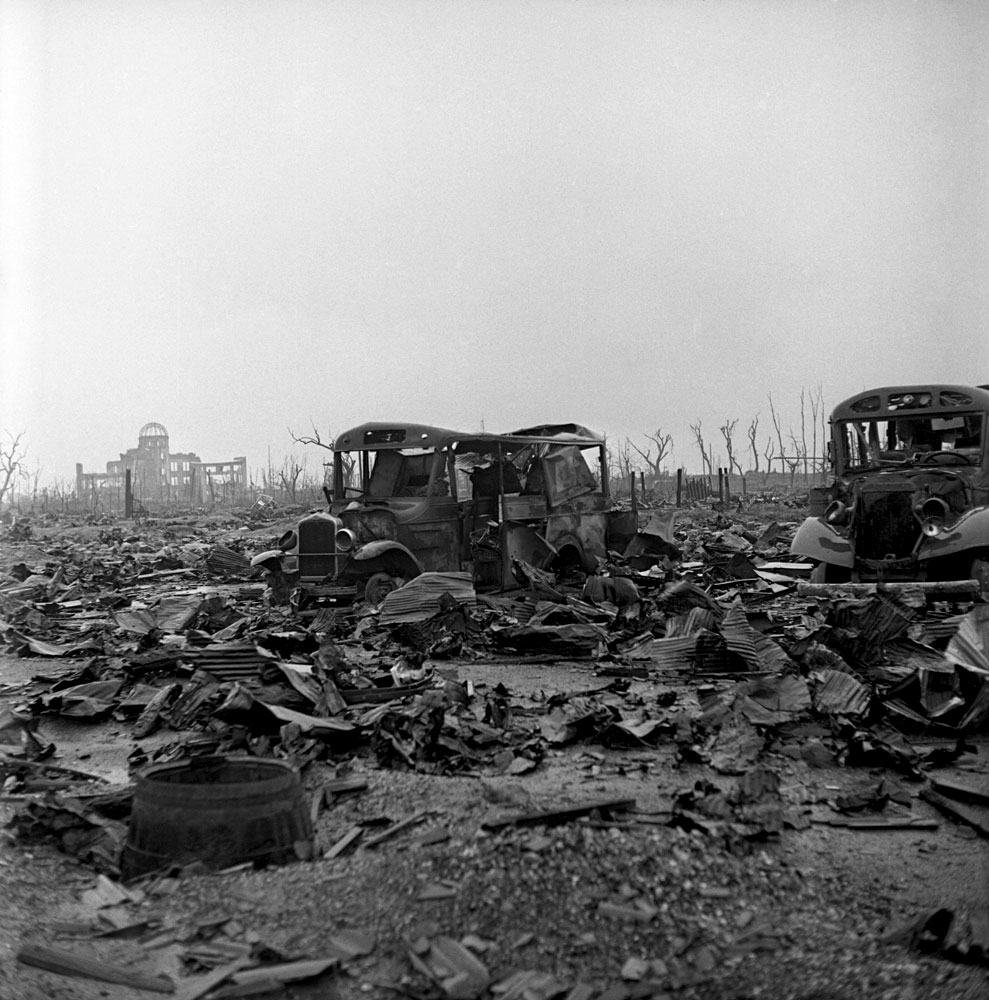
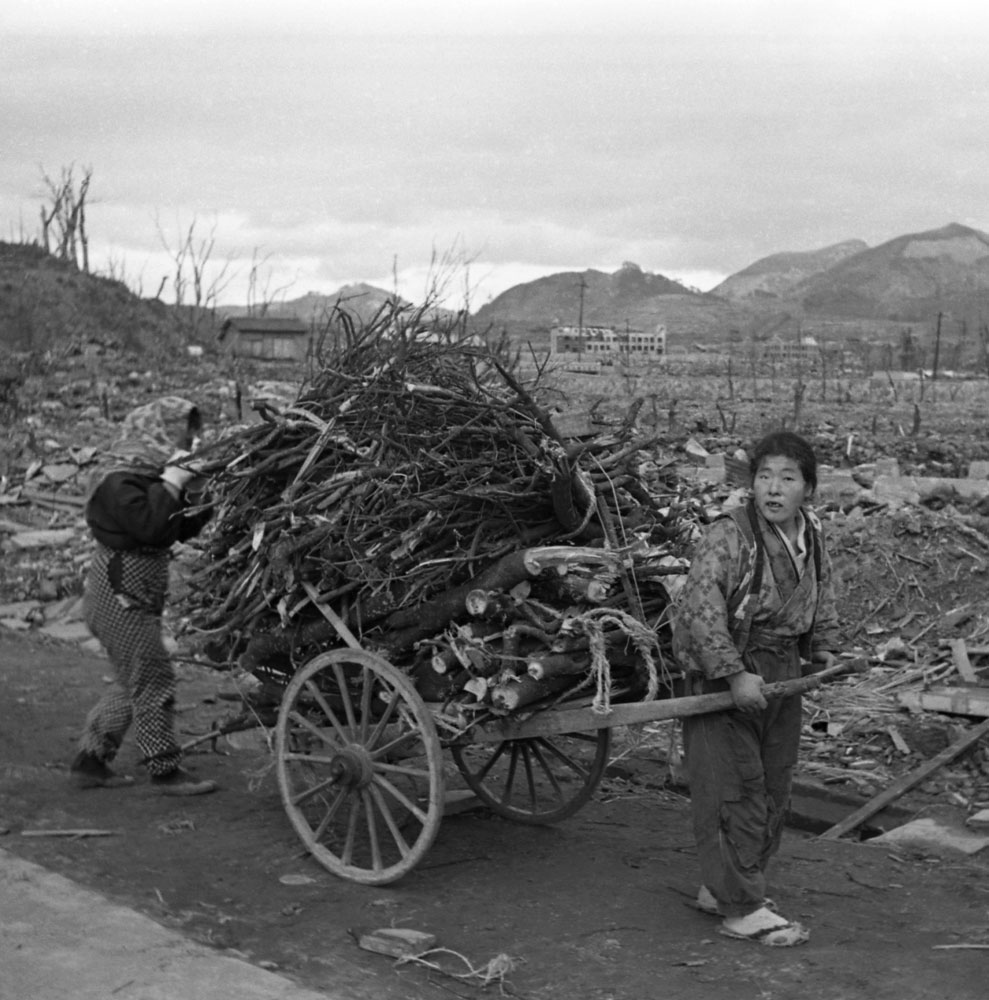
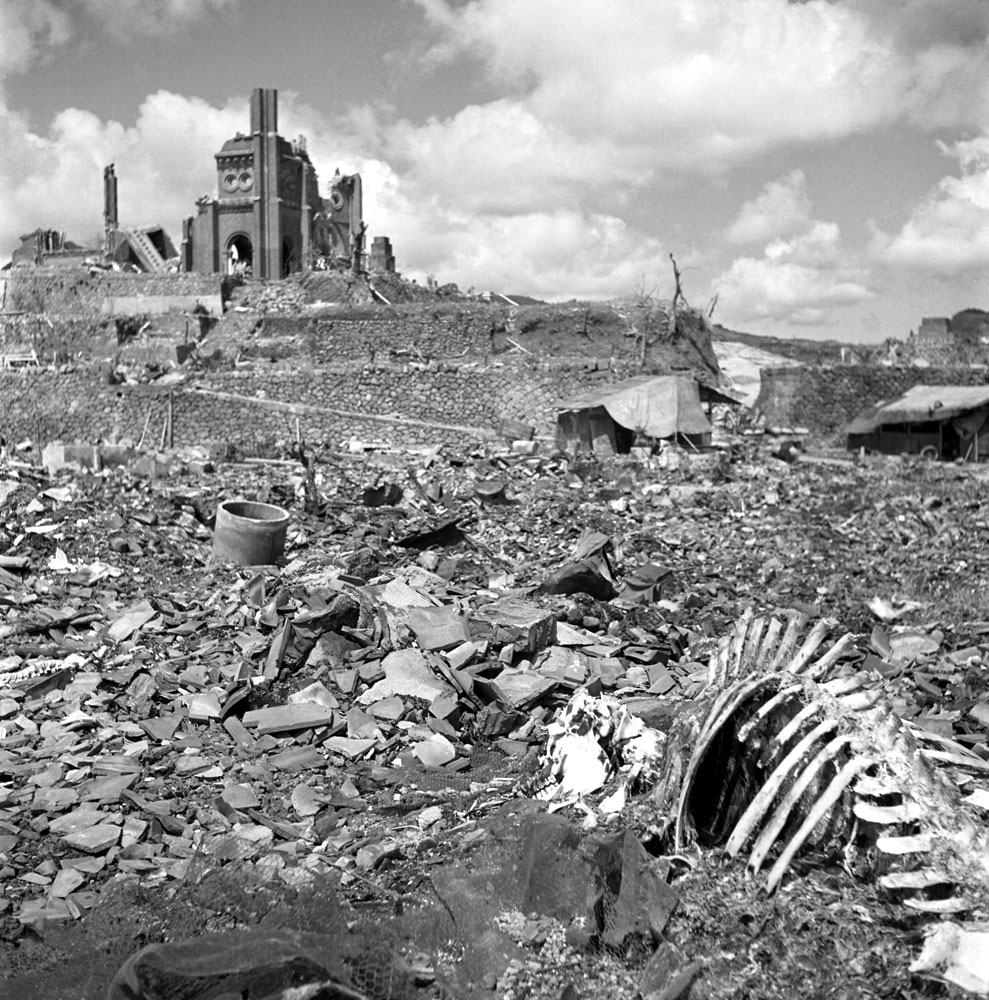
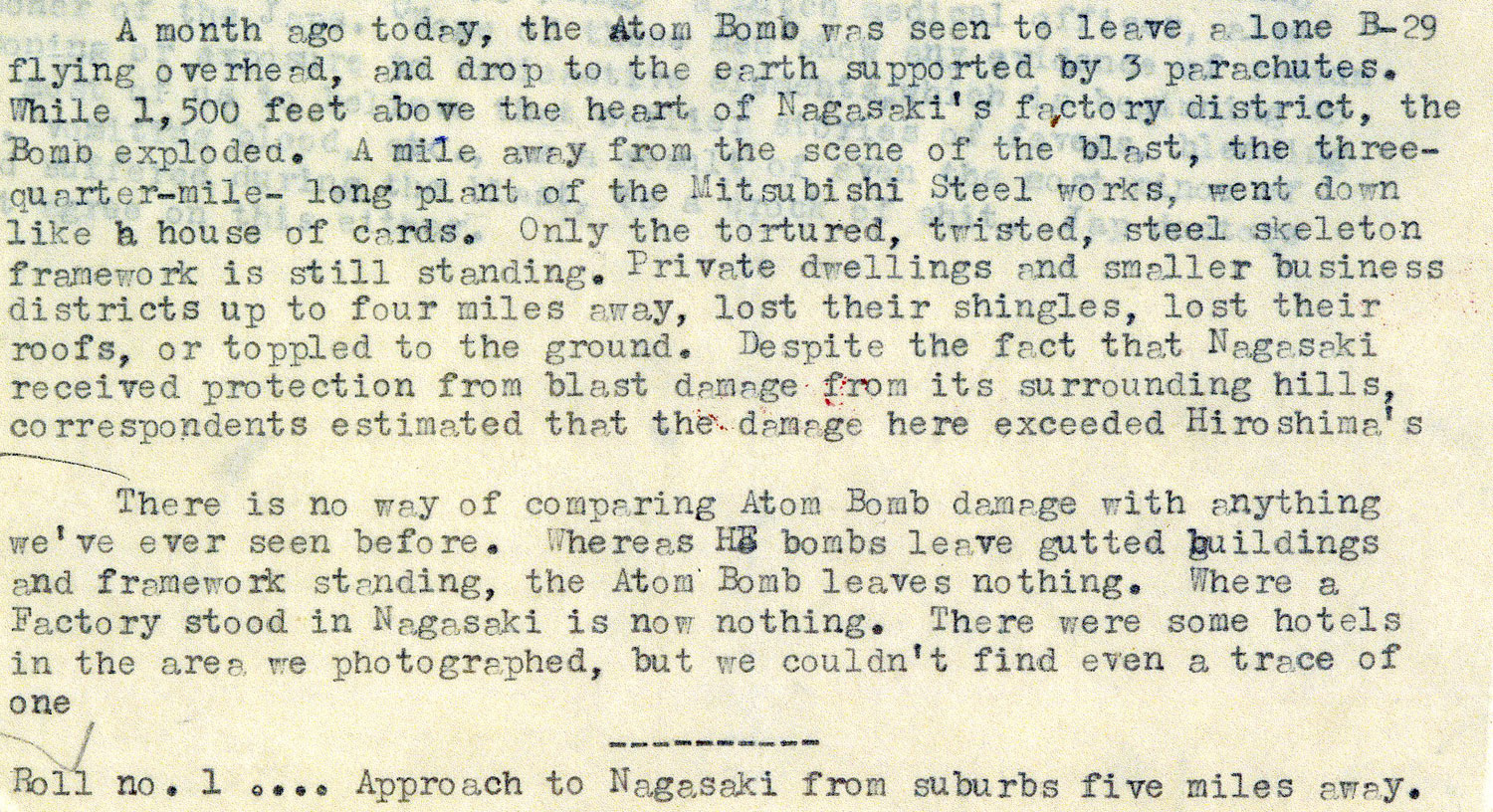
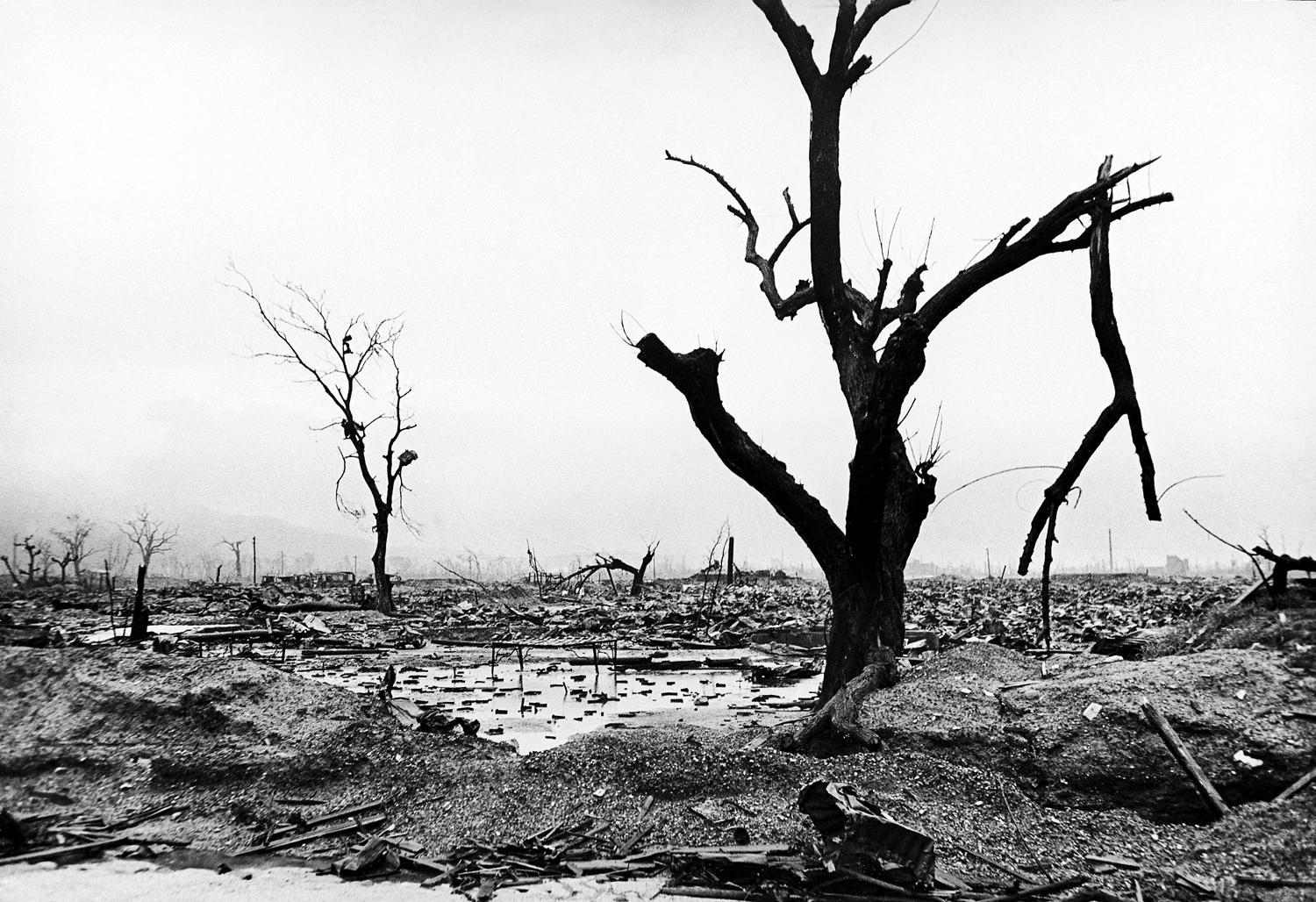
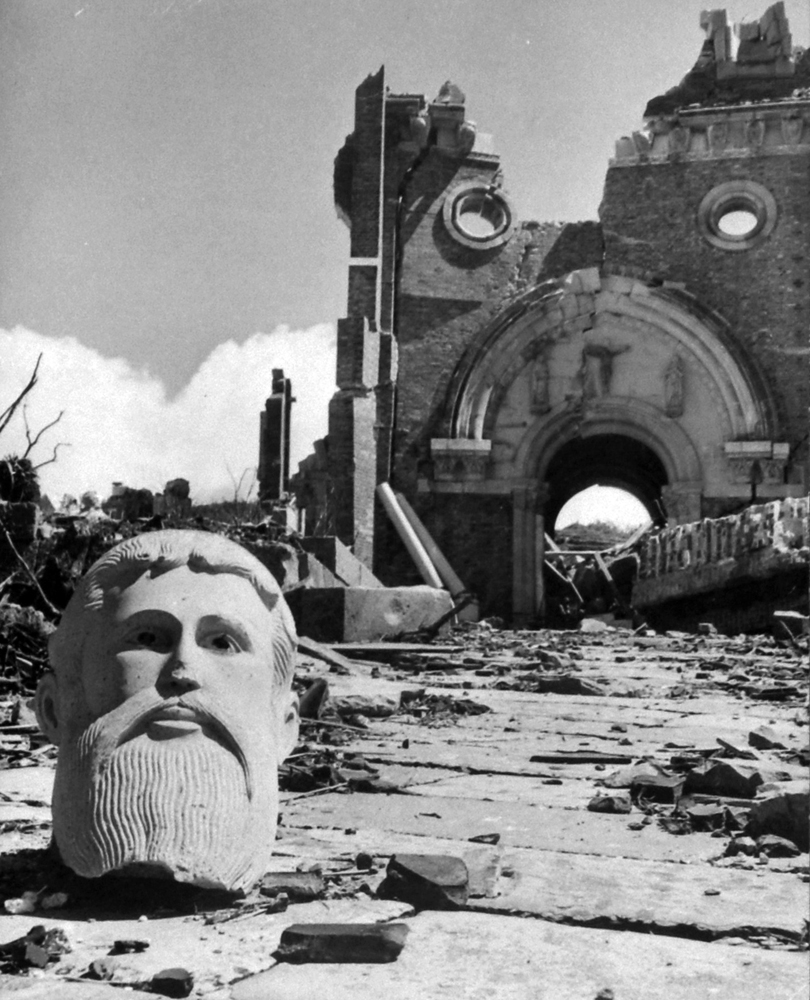
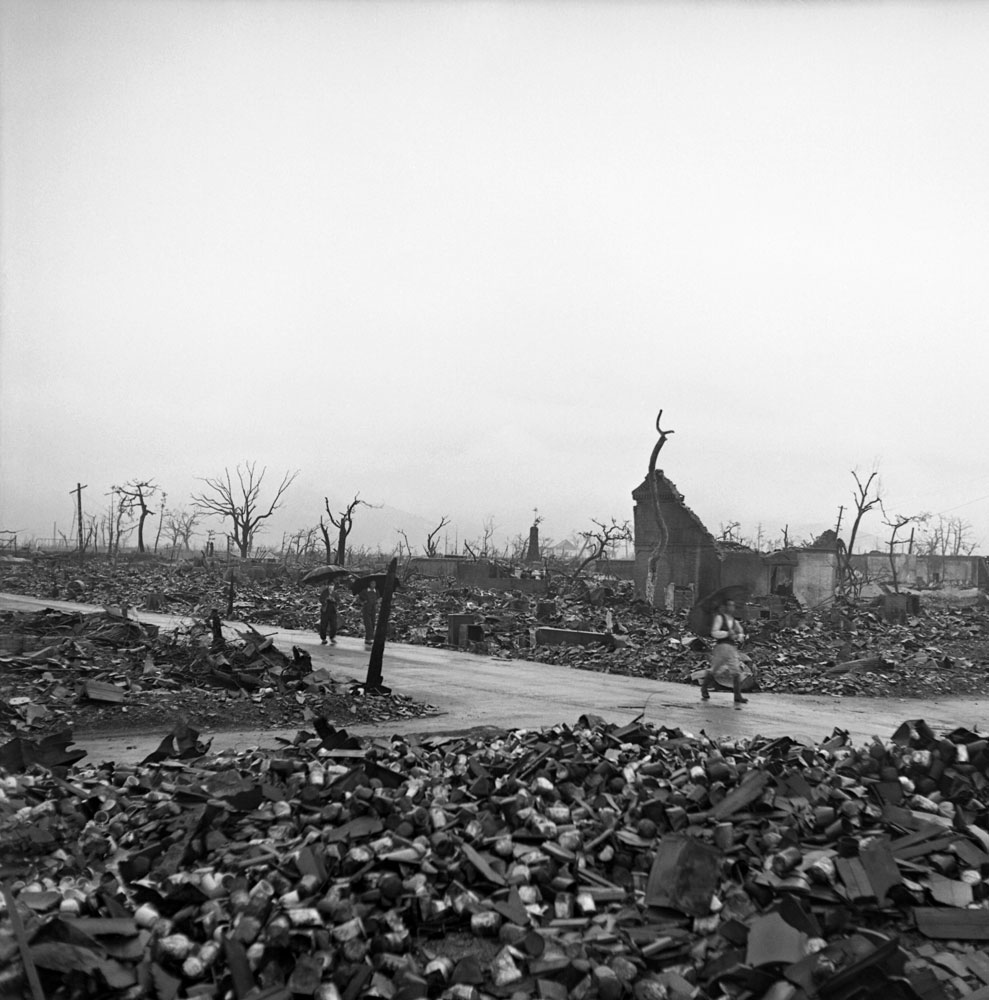

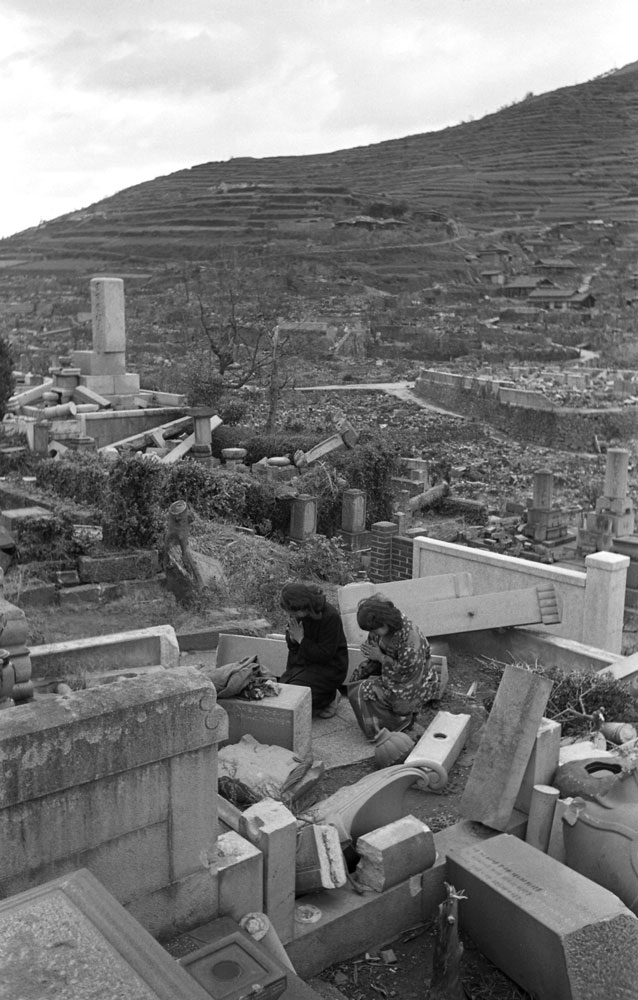

More Must-Reads from TIME
- Donald Trump Is TIME's 2024 Person of the Year
- Why We Chose Trump as Person of the Year
- Is Intermittent Fasting Good or Bad for You?
- The 100 Must-Read Books of 2024
- The 20 Best Christmas TV Episodes
- Column: If Optimism Feels Ridiculous Now, Try Hope
- The Future of Climate Action Is Trade Policy
- Merle Bombardieri Is Helping People Make the Baby Decision
Write to Lily Rothman at lily.rothman@time.com